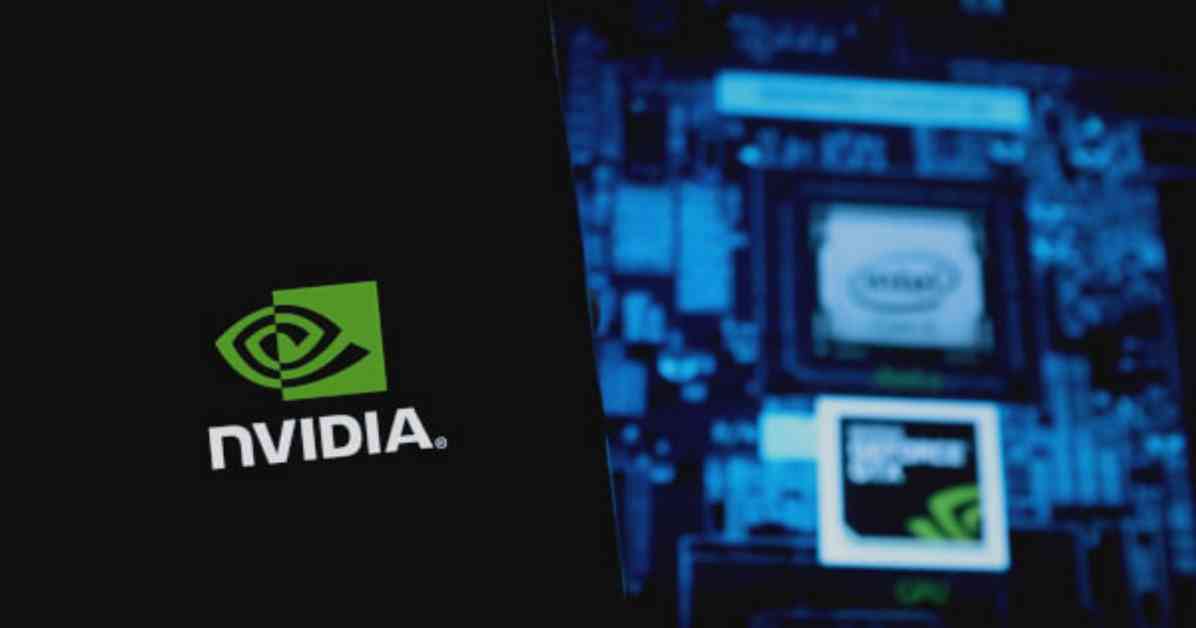NVIDIA’s KvikIO: Revolutionizing Data Processing in the Cloud
In today’s digital age, where data reigns supreme, the need for efficient data processing solutions has never been more critical. NVIDIA, a renowned leader in the tech industry, has recently unveiled KvikIO—a groundbreaking tool designed to optimize remote IO operations for workloads utilizing popular object storage services like Amazon S3, Google Cloud Storage, and Azure Blob Storage. This innovative tool promises to revolutionize data processing in the cloud, offering high-performance capabilities that can significantly boost efficiency and productivity for data-heavy applications.
Understanding the Complexity of Object Storage
Object storage services, such as Amazon S3 and Azure Blob Storage, are essential components of cloud computing, providing a scalable and cost-effective solution for storing vast amounts of data. However, effectively leveraging these services requires a deep understanding of their unique characteristics, particularly their higher and more variable latency compared to traditional local file systems. This is where NVIDIA’s KvikIO comes into play, offering a solution to optimize data access and transfer speeds for cloud workloads.
Optimizing Data Transfer for Maximum Efficiency
One of the key recommendations put forth by NVIDIA is to position compute nodes in close proximity to the storage service within the same cloud region. This strategic approach helps minimize network latency and enhances the reliability of data transfer, ultimately improving overall performance. Additionally, utilizing cloud-native file formats like Apache Parquet and Cloud Optimized GeoTIFF can significantly enhance data access efficiency by reducing unnecessary data transfer and improving overall processing speeds.
Harnessing the Power of Concurrency
Concurrency plays a crucial role in maximizing the performance of remote storage services. By making multiple concurrent requests, users can increase throughput and efficiency, leveraging the capabilities of object storage services to handle numerous requests simultaneously. NVIDIA’s KvikIO takes this a step further by automatically chunking large requests into smaller ones and executing them concurrently, resulting in higher throughput compared to other libraries like boto3.
Unveiling the Advantages of NVIDIA KvikIO
KvikIO offers a range of advantages that set it apart from other data processing tools. From its ability to efficiently read data into host or device memory to its support for GPU Direct Storage, KvikIO delivers superior performance and reliability. Benchmarks have shown that KvikIO consistently outperforms other libraries when reading data from S3, showcasing its potential to enhance data processing speeds and overall performance for cloud-based workflows.
Insights from Performance Benchmarks
Performance benchmarks have provided valuable insights into the capabilities of KvikIO when reading data from S3 to EC2 instances. For instance, a 1 GB file read on a g4dn.xlarge EC2 instance demonstrated increased throughput with higher thread counts, highlighting the importance of optimizing task sizes for maximum performance. In another scenario involving the reading of 360 parquet files by Dask worker processes, KvikIO enabled nearly 20 Gbps throughput from S3 to a single node, emphasizing its efficiency in handling large-scale data operations.
For data professionals looking to overcome IO bottlenecks and streamline their cloud-based workflows, NVIDIA KvikIO offers a compelling solution. By implementing the strategies and best practices outlined by NVIDIA, users can significantly enhance data processing speeds, improve overall performance, and unlock the full potential of their cloud workloads. With KvikIO leading the way, the future of data processing in the cloud looks brighter than ever.














